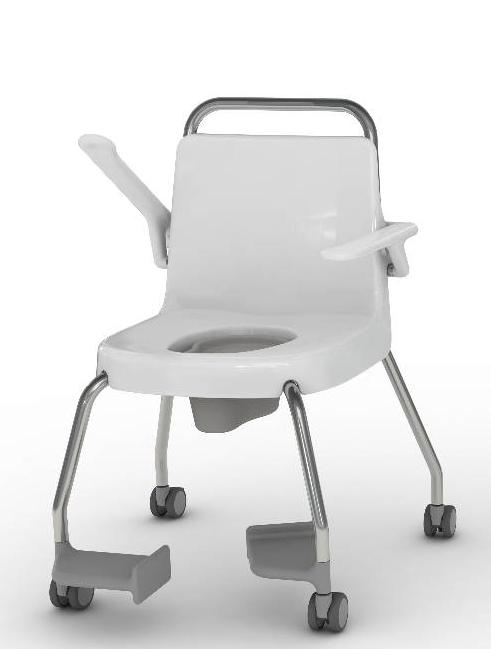Patients and staff have a right to use and deliver the service in an atmosphere of mutual respect and safety and we look forward to working with the Department of Health and Design Council on this important project.
The Design Council, on behalf of the Department of Health (DH), has selected PearsonLloyd to lead a year-long project exploring how the layout and operation of A and E departments can have a direct impact on levels of aggression and violence. The design agency was selected from a field of 47 applicants by an independent panel of 20 experts. It will work in conjunction with the Helen Hamlyn Centre for Design, the Tavistock Institute, Tavistock Consultancy Service, Tavistock and Portman NHS Foundation Trust, Dr Nigel Caldwell of the University of Bath, and Professor Jonathan Benger from the University of the West of England.
The team will now produce suggestions for design improvements following consultation with frontline staff at three NHS hospital trusts in England. The resulting solutions will be unveiled in October and could address a wide range of issues including service transformation and interior design. PearsonLloyd is already known to the healthcare sector, having been successful in securing funding as part of the DH's Design Bugs Out Challenge, which looked at new designs for key pieces of hospital furniture that would assist with infection control. That resulted in the launch of an easy-clean patient commode and bedside chair range.
Commenting on its success in the A and E design challenge, Sunand Prasad, chairman of the judging panel, said: "This project stems from the belief that the experience of going to and working in an accident and emergency department can be hugely improved by rethinking their design. That has to mean design in its widest sense, from organisations aspects to the physical settings in which they will spend time.
"The applications to take part in the challenge were hugely impressive in the evident talent of the teams, as well as their focus on people's experience, PearsonLloyd's submission demonstrated exceptional capabilities to creatively analyse and address key issues across their breadth and depth."

Welcoming the funding, Tom Pearson of PearsonLloyd added: "The team is delighted to have been awarded funding to tackle such a challenging role as reducing violence in A and E departments through design. Patients and staff have a right to use and deliver the service in an atmosphere of mutual respect and safety and we look forward to working with the Department of Health and Design Council on this important project."
According to research from the Care Quality Commission, 11% of NHS staff experience physical violence from patients or their families. Further research by the NHS Security Management Service shows this figure is increasing every year, with more than 150 assaults a day on staff. The cost of this is estimated to have reached more than £69m a year in staff absence, loss of productivity and additional security.
The ambition now is that innovations emerging from the project will be applied universally at NHS facilities across the country.
Commenting on the possible impact the initiative could have, Chris Howroyd, who is leading the project for the Design Council, said: "I think it is foolish not to think there is a link between the environment and the way we feel and behave, and previous research shows design can have an impact.
The value of design is, and has been, undervalued in the NHS and healthcare sector generally. What we are trying to do is put together common solutions that can be applied across all NHS estates.
"The bottom line is to reduce violence and aggression in A and E and we will be looking for anything that shapes the experience with reference to design. We will look at the layout, including how the space is used and furnished, and the information provided to the patient during their visit. The value of design is, and has been, undervalued in the NHS and healthcare sector generally. We are also behind other countries in valuing the impact of design for the provision of healthcare and the experience of patients and staff. What we are trying to do is put together common solutions that can be applied across all NHS estates."




